Bulbs
Flower Basics
Flower Beds & Specialty Gardens
Flower Garden
Garden Furniture
Garden Gnomes
Garden Seeds
Garden Sheds
Garden Statues
Garden Tools & Supplies
Gardening Basics
Green & Organic
Groundcovers & Vines
Growing Annuals
Growing Basil
Growing Beans
Growing Berries
Growing Blueberries
Growing Cactus
Growing Corn
Growing Cotton
Growing Edibles
Growing Flowers
Growing Garlic
Growing Grapes
Growing Grass
Growing Herbs
Growing Jasmine
Growing Mint
Growing Mushrooms
Orchids
Growing Peanuts
Growing Perennials
Growing Plants
Growing Rosemary
Growing Roses
Growing Strawberries
Growing Sunflowers
Growing Thyme
Growing Tomatoes
Growing Tulips
Growing Vegetables
Herb Basics
Herb Garden
Indoor Growing
Landscaping Basics
Landscaping Patios
Landscaping Plants
Landscaping Shrubs
Landscaping Trees
Landscaping Walks & Pathways
Lawn Basics
Lawn Maintenance
Lawn Mowers
Lawn Ornaments
Lawn Planting
Lawn Tools
Outdoor Growing
Overall Landscape Planning
Pests, Weeds & Problems
Plant Basics
Rock Garden
Rose Garden
Shrubs
Soil
Specialty Gardens
Trees
Vegetable Garden
Yard Maintenance
What Is a Calamondin?
What Is a Calamondin?. Calamondin is a citrus plant distinct for its abundant, petite gold fruits and sharply tart juice. Prolific in tropical climates and widespread as an ornamental houseplant in cooler regions, calamondin is not only a signature ingredient in Asian and Indian cooking but also a trusted natural remedy for common ailments such as...
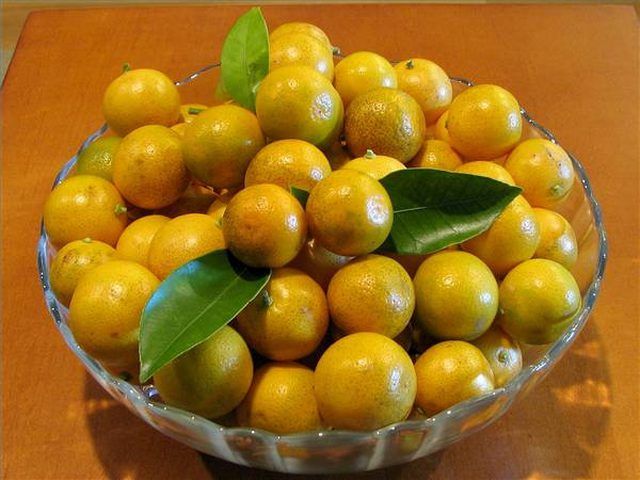
Calamondin is a citrus plant distinct for its abundant, petite gold fruits and sharply tart juice. Prolific in tropical climates and widespread as an ornamental houseplant in cooler regions, calamondin is not only a signature ingredient in Asian and Indian cooking but also a trusted natural remedy for common ailments such as coughs, acne and insect bites.
Description
The calamondin plant can stay a dwarfed potted ornamental houseplant or grow into a 25-foot tall tree. Its shiny, evergreen, aromatic leaves are alternate singles about 3 inches long. The fragrant all-white flowers have five narrow, oblong petals. The calamondin fruit is round and averages 1.5 inches wide. The very thin peel is glossy dark green when unripe, turning bright yellow-orange as it ripens. The calamondin's pulp has about 10 segments that are very juicy and extremely tart.
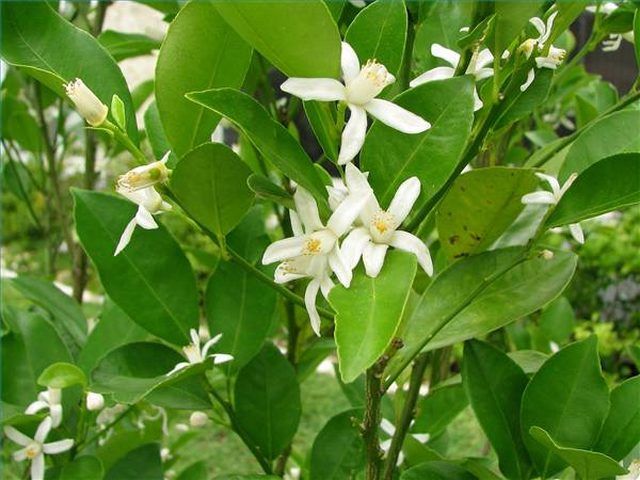
Classification and Distribution
Also known as "acid orange," the calamondin (scientific name: Citrofortunella microcarpa) is a hybrid of the mandarin orange (Citrus reticulata) and the kumquat (Fortunella margarita). Believed to have originated in China, the calamondin is currently grown throughout India, Asia, the Pacific Islands and Central America. Introduced to Florida in 1899, it quickly became popular in the warm climate areas of the United States. By the 1960s, the calamondin has become widely distributed in the cooler regions as indoor houseplants.
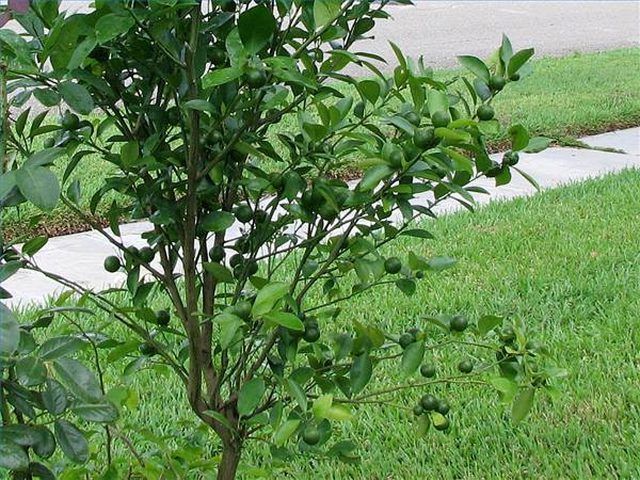
Growth and Propagation
Calamondin trees are propagated through seeds, cuttings and budding. They are best grown outdoors, under full sun. They are sensitive to temperatures below 50 degrees F; therefore, potted plants grown in cool climates must be taken indoors during the winter. Calamondins thrive in clay-loam, limestone and sandy soil and start to bear fruit year-round in their second year.
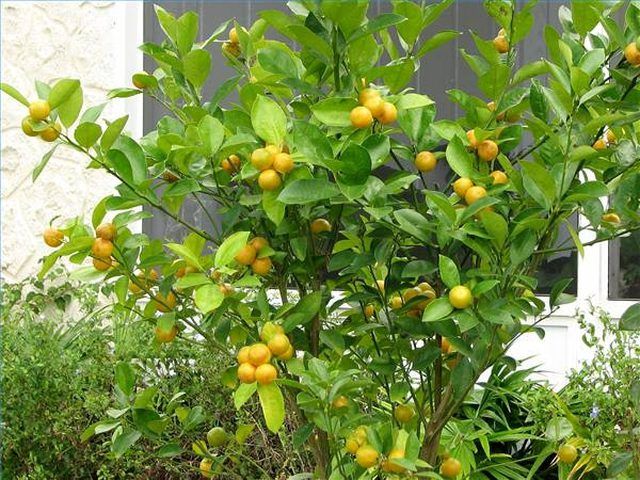
Food Uses
Because of its sour and acid taste, calamondin is never eaten as a snack fruit. It is usually sliced into halves and squeezed to season fish and meat dishes or flavor ice tea, gelatins, pies and desserts. The fruit is also preserved in sugar to make pickles and marmalade, or added as special tart flavoring to chutneys, curries and sauces. The calamondin's acid properties make it an excellent tenderizer in pork and beef marinades. In the Philippines, the calamondin is a common cooking ingredient and a favorite dip for fried and grilled cuisine.
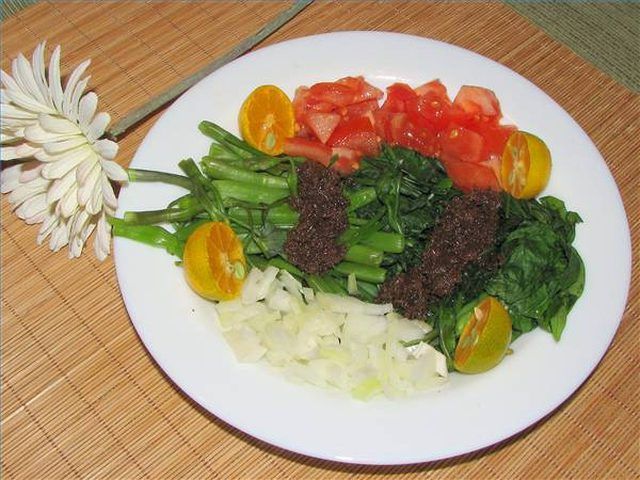
Medicinal Uses
Calamondin juice has been used extensively as a natural remedy for various ailments. A tablespoon of freshly squeezed tart juice is warmed and taken orally as a cough remedy. A sliced fruit rubbed over insect bites relieves itching and irritation. The juice is also used to bleach freckles and clear up pimples. The distilled oil from calamondin leaves is used to relieve bloating and aid in digestion.